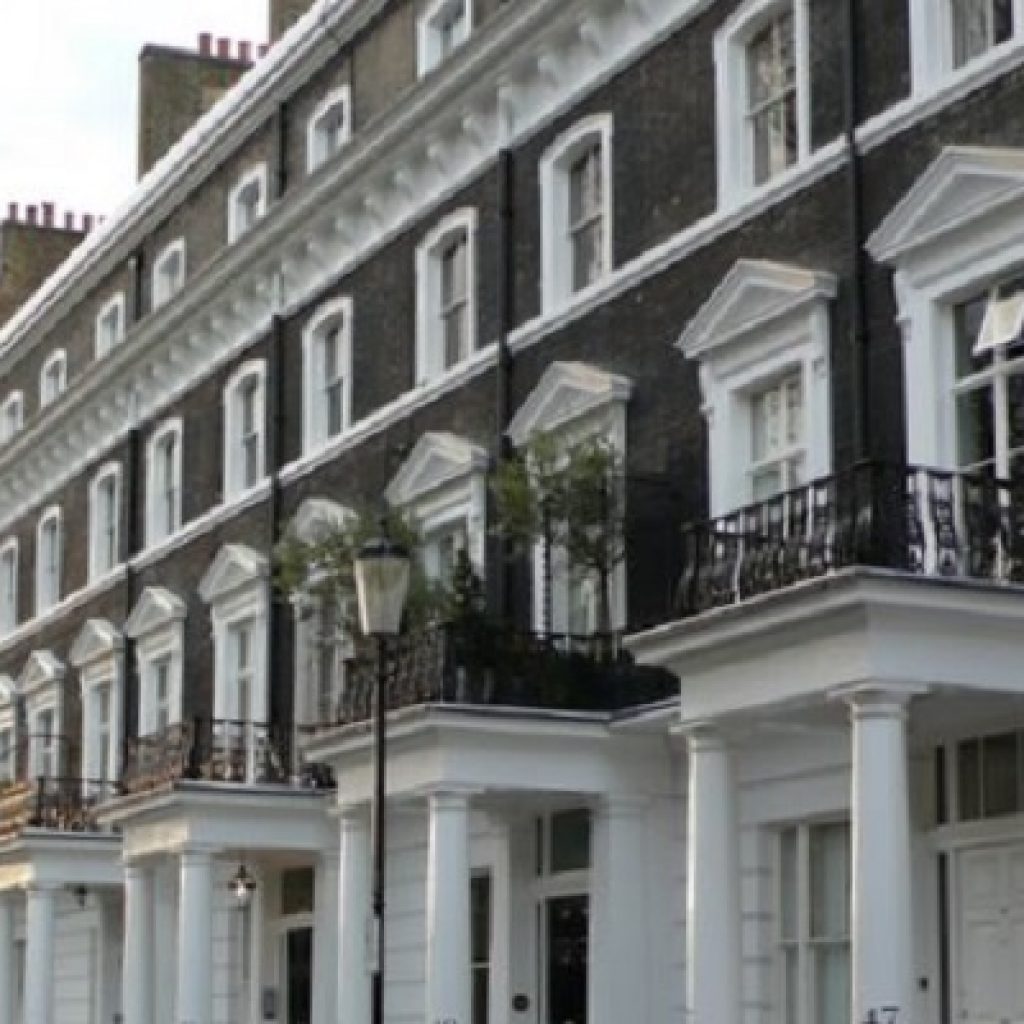Stamp duty changes have been effectively offset by reduced growth in house prices at the top of the property market.
Research from Private Finance indicated that although stamp duty increases have caused those at the top end of the market to pay £33,639 more, they’ve also saved £40,827 due to the slowing of house price growth.
For the top 5% of property sales during 2016, the average price was £1.121 million; this is a growth of just 0.5% from 2015. The slowdown of high value property sales is likely to be linked to uncertainty following the EU referendum as well as stamp duty reform.
Introduced in April, the reforms meant that a property worth £1.12 million – if bought as a buy-to-let or second home – would now be subject to a stamp duty charge of £89,521, at an effective tax rate of 7.98%. Compared to the fee owed under the previous system, (£55,882), this is £33,639 more. This will still apply if the same property is purchased as a main residence, at an effective tax rate of 4.98%.
Although the increase in fees meant investors, landlords and second home buyers at the top of the market were subject to a 60% rise in stamp duty costs, the findings from Private Finance indicate that this had been more than offset. The slower house price growth in this section of the market (0.5%) enabled those subject to the levy rise to make a significant saving. Prices in the rest of the market grew by 4.2%.
If the top 5% of the market had not suffered the slowdown and grown at the same rate, buyers would have had to spend £1.162 million for the average high-value home last year. Compared to the amount they actually spent, this figure is an extra £40,827. Therefore, the slowing of the market prices more than compensated for the increases in stamp duty fees.
Commenting on the research was Shaun Church. The Director at Private Finance highlighted the challenging conditions faced in the housing market, as well as the promising changes included in the Housing White Paper.
“Conditions have been tougher at the top of the housing market since last April’s stamp duty reforms, which created all manner of disruption to normal activity before and after they took effect. A healthy housing market needs movement and fluidity at all levels and across all tenures, but successive changes to stamp duty in 2014 and 2016 have had the opposite effect.
“If there is one silver lining for would-be buyers and investors, it’s that slower growth of high-value property prices has had a positive impact on affordability. A buyer today can pay markedly less for a high-value property at the top end of the ladder than if growth had kept pace with the rest of the market, making it easier to absorb any extra stamp duty fees.
“Despite being something of a damp squib, last month’s Housing White Paper hopefully marks a shift away from an era of policy gimmicks and short term tinkering with housing. Greater thought is needed to create a stamp duty system that supports homebuyers and sellers across the market.
“In the meantime, the long term trend of rising house prices means stamp duty can be just as much of a psychological issue for buyers as one of affordability. There are plenty of funding options at hand to help with covering transaction costs, which mean the associated fees and taxes need not be a permanent barrier to property purchases.”




















